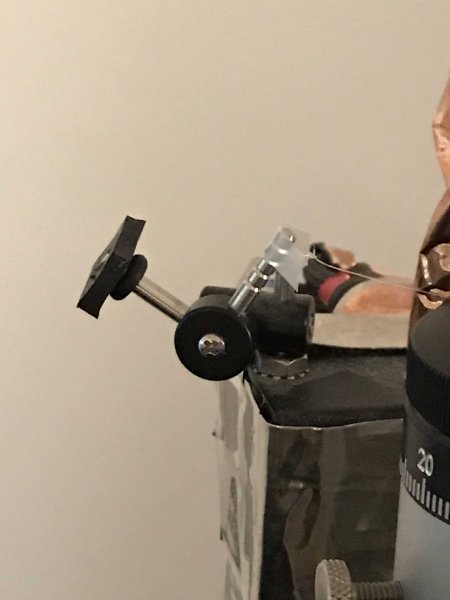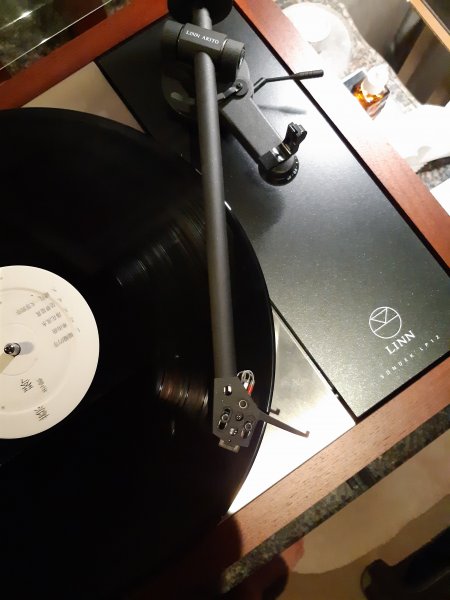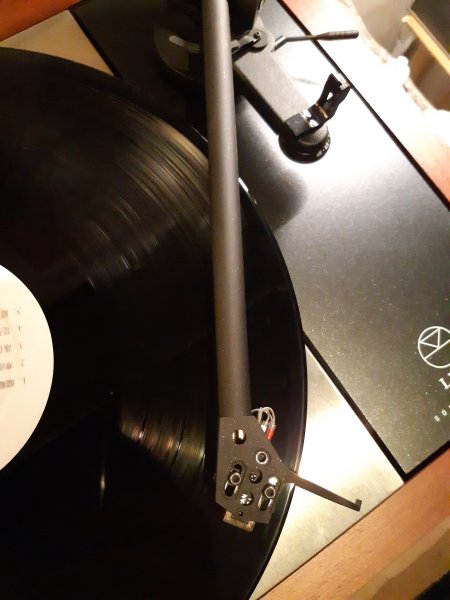that may be true but what does it do to the sound? form what I am hearing with some antiskate applied, I could argue that it sounds more "focused" but doe it still sound as natural open as it does without sliding force applied. Tradeoffs I guess.
That's exactly what I'm getting in terms of sound or music - natural openness, with zero anti skate, and it's something I've never heard before.
My next quandary is, if there is a need to add some little force, what is the basis? From 0-4 for example, how do you even begin to say .5 is better than 1.0 or worse? When is .75 better than 1.25 and so on? And with those string weight anti skate gadgets, which bar do you use as there is no number scale?










